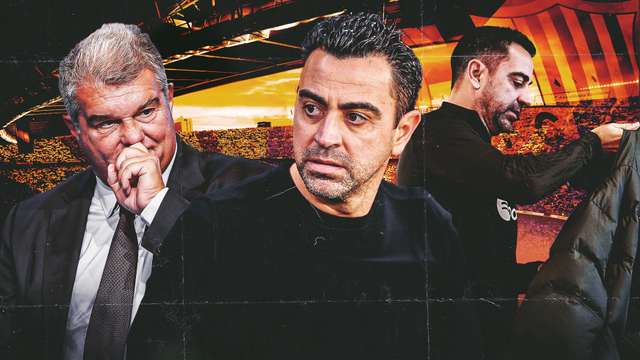By Monday morning we know all about the brightest stars of the weekend action – who scored the goals, who made the glaring errors – but often the most important tactical plots have not cut through.
Here, Goal looks beyond the obvious headliners and takes a look at five tactical things you might have missed from the Premier League.
Man Utd show why top teams must press high
The biggest reason behind Manchester United’s erratic performances this season is Jose Mourinho’s defensive cautiousness. Uniquely among the big six, United do not press high up the pitch, instead sitting in a low block and inviting pressure; it is a tactical hesitancy that can explain both their psychological frailty and their difficulty controlling central midfield.
A 2-1 victory flattered the visitors. Bournemouth should have been 3-0 up within 20 minutes thanks to superb movement into the channels from Callum Wilson and the ease with which Ryan Fraser and David Brooks collected the ball on the half-turn in the number ten space. United just couldn’t match their speed or tenacity, losing numerous key battles as Charlie Daniels and Fraser tore past Ashley Young (with Juan Mata absent). Bournemouth’s early dominance was only partly tactical.
United’s stand-off approach invigorates opponents used to a swarming, bullish threat from the bigger clubs, and so United quickly fall onto the back foot. But more importantly, in a 4-3-3 formation low pressure is just a poor way of defending the space; without pincer movements from a compressed midfield rapidly closing in, United’s three midfielders have to stretch to cover the width of the pitch.
Mourinho’s team are too wide to cover the space, too static to track the runs. What’s more, as fear takes over, the back four start to backpedal wildly, opening up a huge gap between the defence and midfield. That’s why Victor Lindelof was dragged around so much and why Nemanja Matic looks a shadow of his former self.
United’s superior individual quality turned the game around, but here was the clearest example yet of why, in 2018, top teams simply have to press high. There is no other way to ensure consistent dominance.
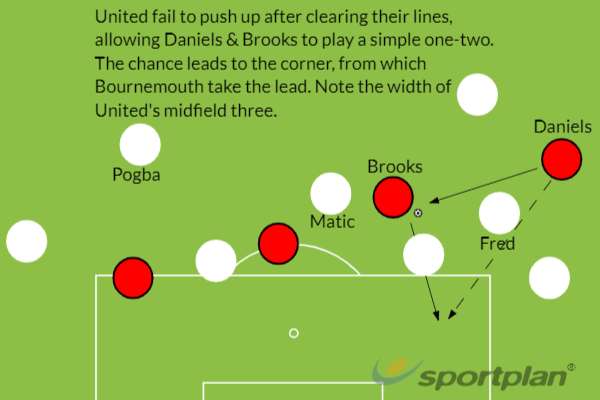
Palace’s counters unmask problems in Sarri’s 4-3-3
In the end it was a comfortable win for Chelsea, but their game against Crystal Palace at Stamford Bridge could have gone very differently had the visitors managed to get more support around Wilfried Zaha. Better opposition will make Chelsea pay for their difficulty defending counter-attacks; Jorginho’s defensive work is becoming a small - but significant - problem for Maurizio Sarri.
Around the midway point of his difficult first year in English football Pep Guardiola became obsessed with the idea of “second balls”. The Catalan was learning that the Premier League was more chaotic than he had expected and that an anchor man is needed to mop up behind. Sarri may be starting to feel something similar having once again witnessed his side concede numerous breakaways.
High full-backs inevitably leave space, and Chelsea by and large won’t be concerned about that. They pressed very well on the flanks, suffocating Zaha and elegantly regaining possession. However, the absence of a defensive midfielder is worrying. Jorginho was once again ineffective, making just two tackles and one interception, while the Palace equaliser came via a simple attack through this soft centre.
One solution would be to switch to a 4-2-3-1 so that N’Golo Kante can help out alongside Jorginho. Another would be to simply swap these two around, instructing the more technically gifted player to shuttle up and down as Kante – the world’s best defensive midfielder – does what he does best.
Mkhitaryan & Ozil conjure Klopp-era Dortmund
Two important members of Jurgen Klopp’s Borussia Dortmund, Pierre-Emerick Aubameyang and Henrikh Mkhitaryan, reminded us of that Bundesliga-winning team with excellent performances at the Emirates on Saturday. Their speed of movement, coupled with surprisingly high-tempo interplay from Granit Xhaka, was evidence that Unai Emery is bringing Klopp-esque blitz football to north London.
The biggest tactical tweak here was starting Mkhitaryan ahead of Alex Iwobi. The Armenian drifted infield from the right to arrive unseen in space behind Fabinho, who struggled badly with the speed of the game, which indirectly gave Hector Bellerin the freedom of the right flank. Liverpool were sucked inwards by Mkhitaryan’s movement, while the unexpected position swapping of Aubameyang and Mesut Ozil also caused problems for the Liverpool midfield.
Arsenal passed the ball forward with great urgency, and although their narrowness led to some defensive issues – Klopp cleverly instructed his players to hit the flanks with long balls forward – overall it was the most organised attacking display of the Emery era so far. Xhaka and Lucas Torreira pressed well together, squeezing the pitch and creating numerous counter-pressing attacks for the hosts. It was a performance that conjured memories of Klopp’s Dortmund, a team that clearly inspired the new Gunners boss.
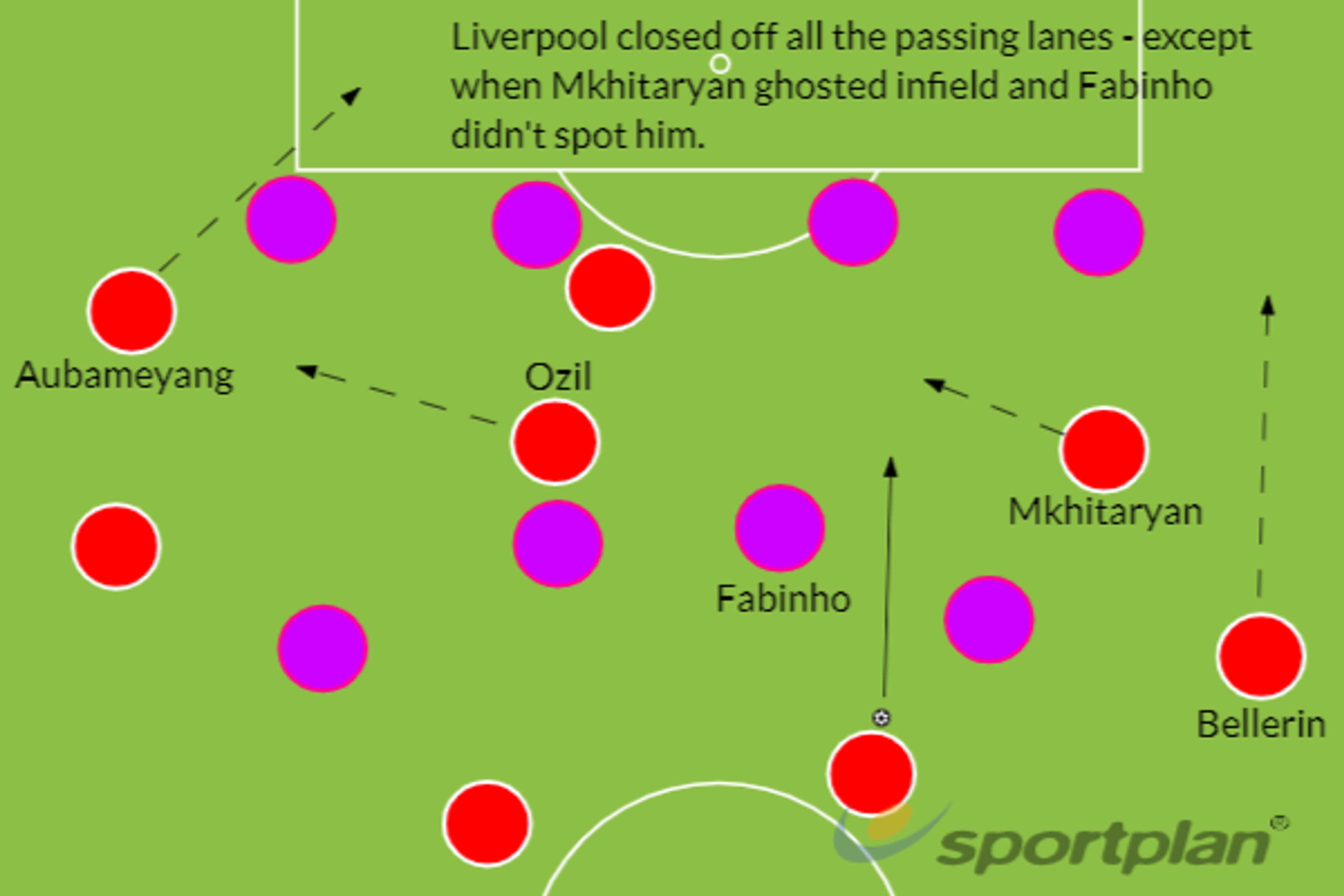
Snodgrass the driving force for West Ham
Once again West Ham showed their manager that a counter-attacking approach is more suited to their talents than the possession game Manuel Pellegrini would ideally like to play, with three of their four goals coming from incisive breakaways despite the hosts holding 63% possession. Felipe Anderson deservedly takes the plaudits for a dominant performance – he topped the charts for most touches (103) – but Robert Snodgrass’s contribution is worth highlighting.
The playmaker, who spent last season on loan at Championship side Aston Villa after failing to impress under Slaven Bilic, has been re-imagined as an all-action midfielder by Pellegrini. His driving runs, arriving late to join the front three, were crucial in penetrating a Burnley midfield that tends to drown out No. 10s. Snodgrass’s clever short passes in the final third were crucial for two of the Hammers’ goals, while the 31-year-old also attempted ten crosses and enjoyed the second most touches of the ball, with 78 in total.
An honourable mention goes to the energetic winger Grady Diangana, who impressed from the right wing, but it was Snodgrass’s performance that should excite West Ham fans. They’ve needed an aggressive box-to-box midfielder for some time. They seem to have found one in the most unlikely of fringe players – and for that Pellegrini deserves credit.
Coleman and Digne show power of frequent crosses
Everton are not exactly known for lumping the ball in the box, but Marco Silva used this weapon expertly at Goodison Park on Saturday to grind Brighton into submission.
None of the Toffees goals came directly from crosses into the box, but against a compact, deep-lying defence their crossing forced Brighton to take up a wider shape to close down the full-backs, which in turn created space for Gylfi Sigurdsson to dictate.
Silva’s side attempted 34 crosses against Brighton, up from a season average of 22.2, with Lucas Digne (13) and Seamus Coleman (10) providing 68% of their total. The full-backs are growing in influence as the season goes on, which is very good news for a manager who tends to deploy narrow attacking lines with the expectation of frequent overlaps. Andrew Robertson flourished at Hull City under Silva, as did Jose Holebas at Watford.
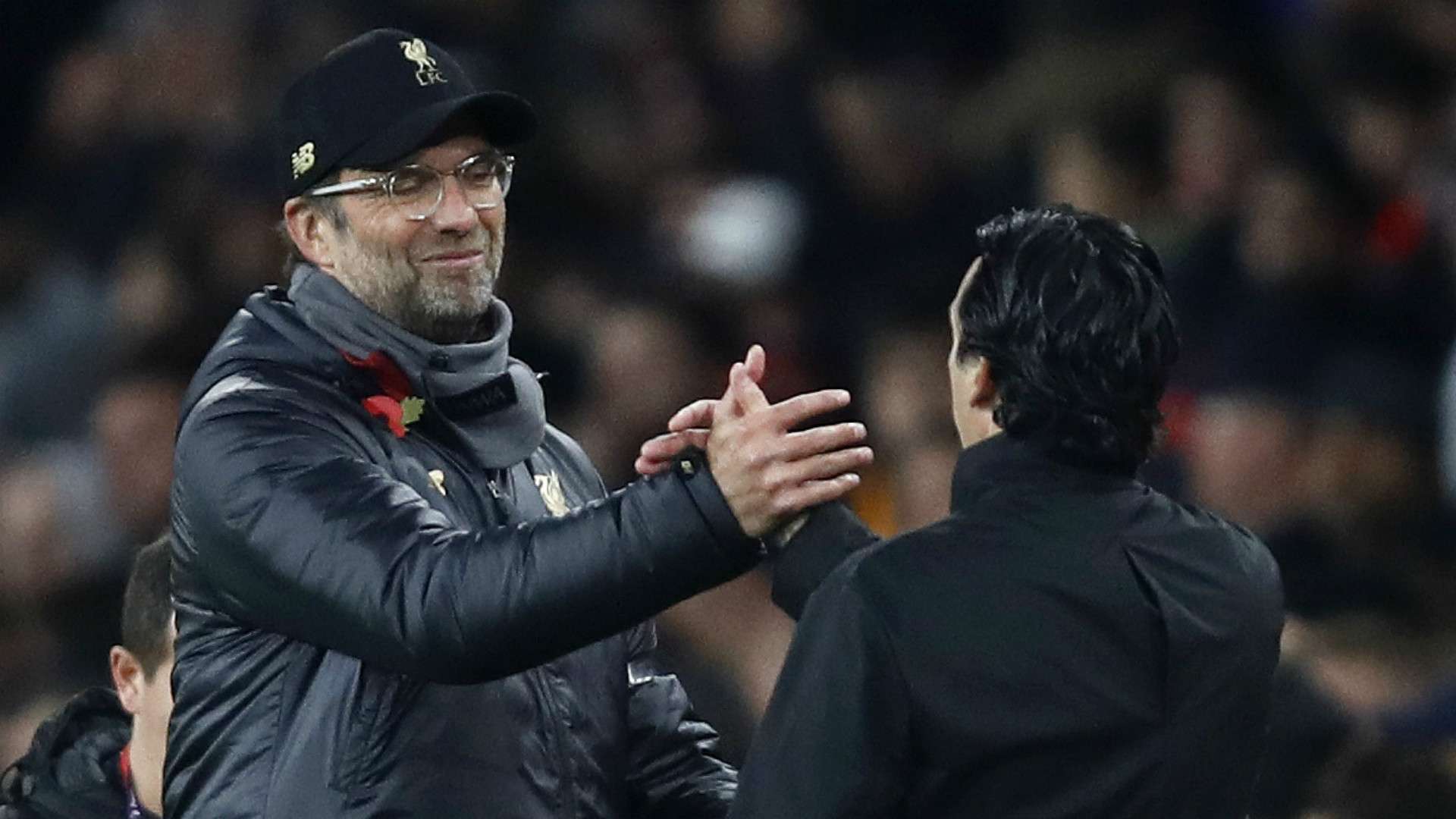

.jpg?auto=webp&format=pjpg&width=640&quality=60)
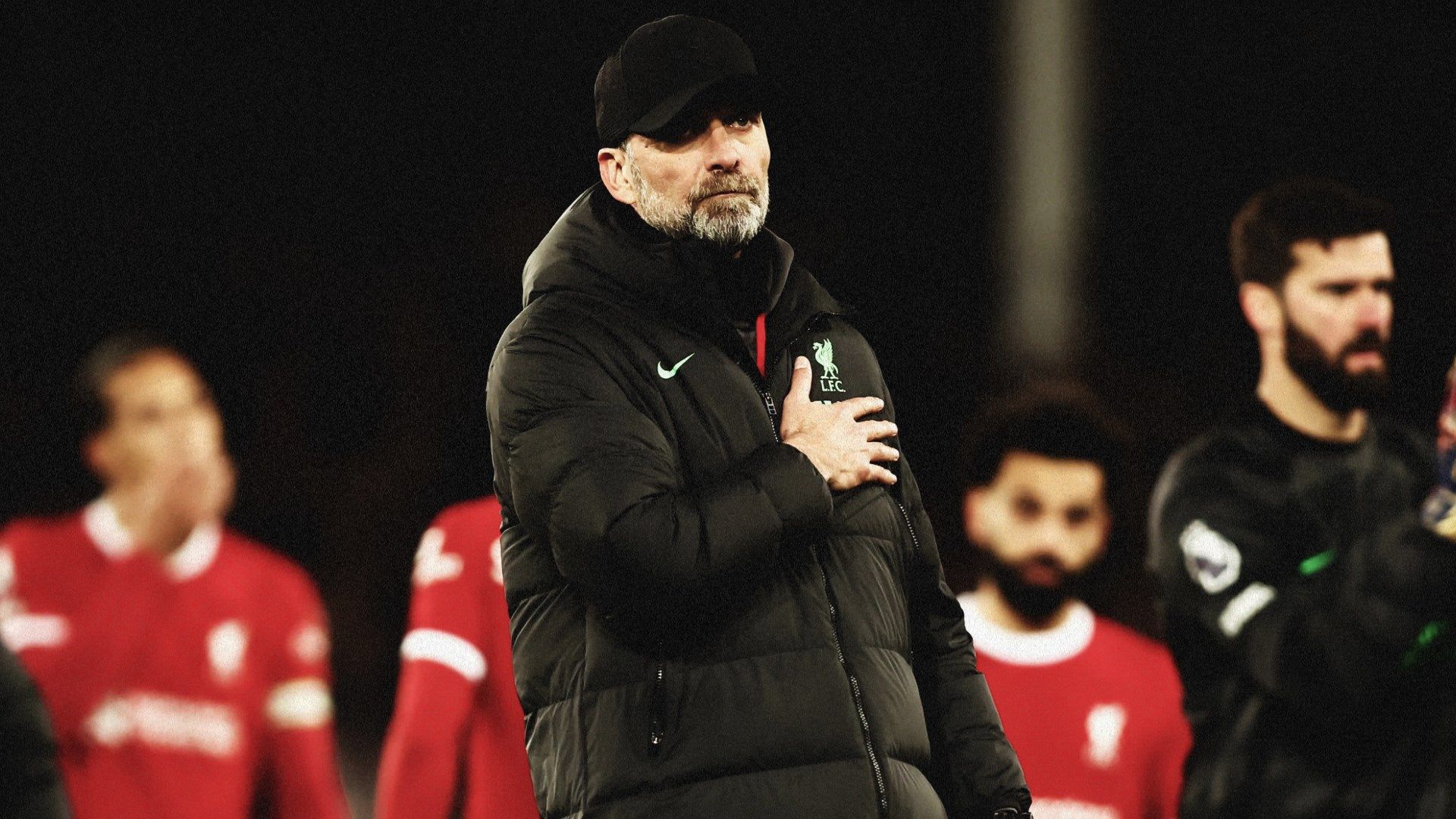.jpg?auto=webp&format=pjpg&width=640&quality=60)
